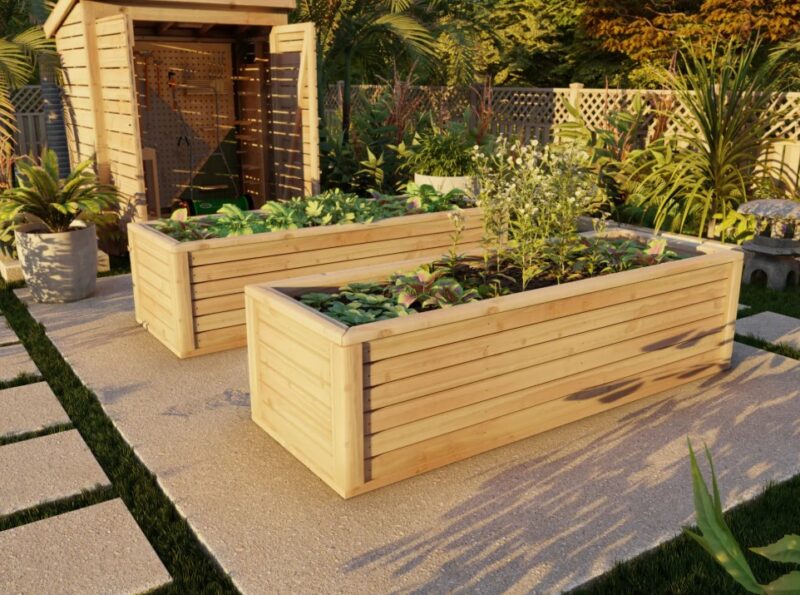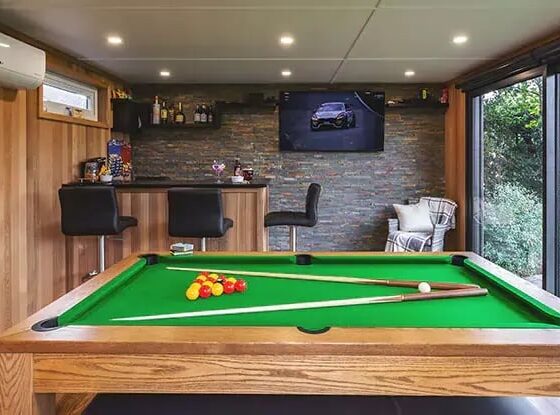Trough planter boxes have become a staple in contemporary garden design, offering both aesthetic appeal and practical functionality. Whether used in residential gardens, commercial spaces, or urban settings, these planters provide an excellent solution for growing plants in a structured and stylish way.
Key points:
- Trough planter boxes fit urban, residential, and commercial settings.
- Their shape suits narrow areas like balconies and fence lines.
- Ideal for herbs, flowers, shrubs, and privacy plants.
- Various materials like wood, metal, and concrete suit different styles.
- Drainage and soil quality are essential for healthy plant growth.
- Can enhance both indoor and outdoor spaces effectively.
Why Choose Trough Planter Boxes?
One of the main advantages of trough planter boxes is their versatility. Unlike traditional round or square pots, these elongated containers allow for a more linear planting approach, making them ideal for creating natural barriers, defining garden spaces, or adding greenery to patios and balconies. Their sleek design makes them a popular choice for both modern and classic landscapes.
Space-Saving and Stylish
For those with limited outdoor space, trough planter boxes offer a practical solution. They fit neatly against walls, along fences, or on narrow balconies, maximizing planting areas without taking up unnecessary room. Their streamlined shape also allows for creative arrangements, whether filled with seasonal flowers, shrubs, or even small trees.
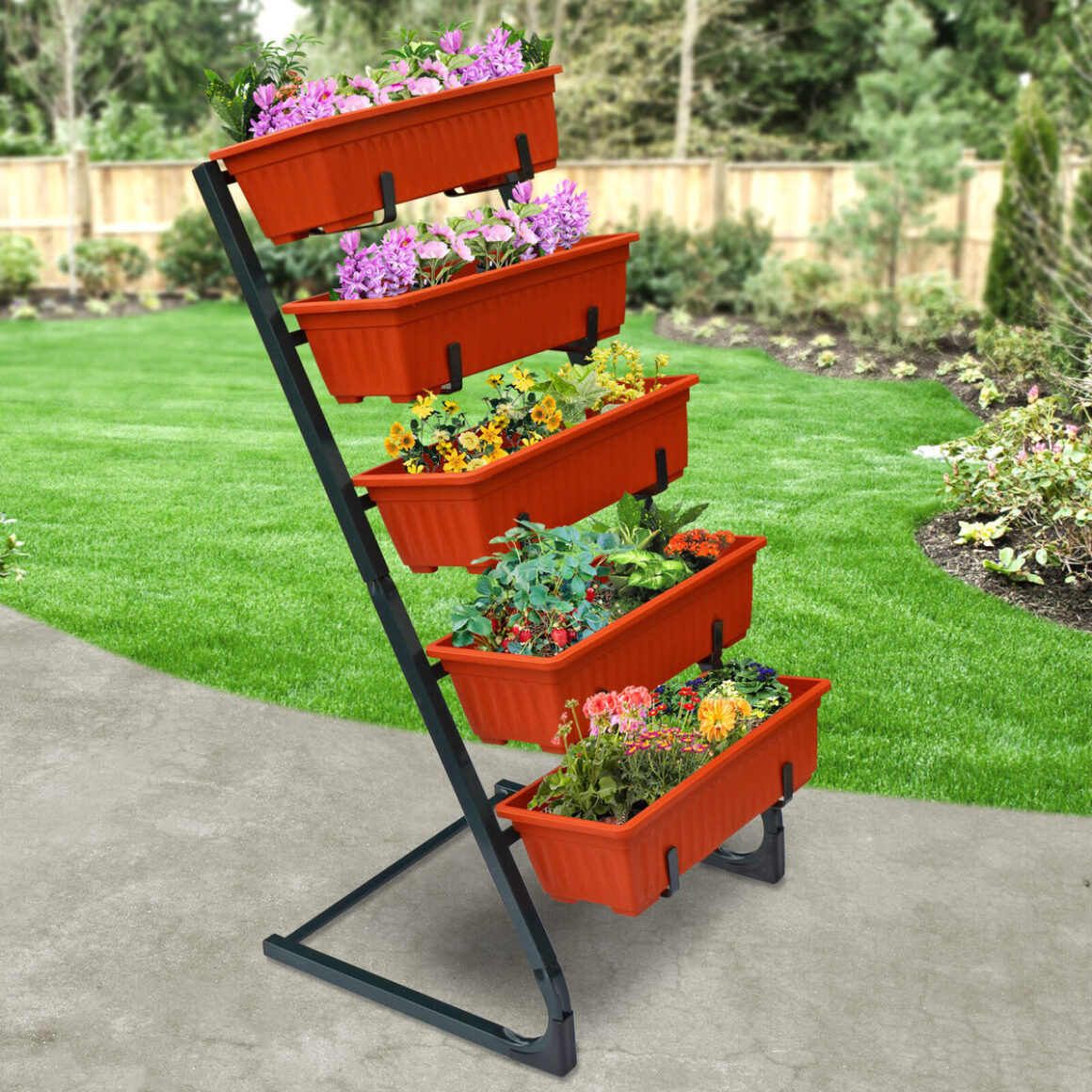
Ideal for a Variety of Plants
From vibrant flowering plants to lush greenery, trough planter boxes can accommodate a wide range of plant types. They are particularly useful for:
- Herbs and vegetables – Ideal for homegrown basil, rosemary, lettuce, or cherry tomatoes.
- Ornamental plants – Perfect for showcasing colourful blooms such as petunias, lavender, and geraniums.
- Hedging and screening – Tall grasses or small shrubs can create privacy and wind protection.
Enhancing Outdoor and Indoor Spaces
Although commonly used in gardens, trough planter boxes are just as effective in urban settings. Restaurants, offices, and retail spaces use them to introduce greenery into built environments, improving air quality and aesthetic appeal. Indoors, they can serve as stylish dividers in open-plan spaces or brighten up reception areas.
Choosing the Right Material
Trough planters come in a range of materials, each with its own benefits:
- Wood – Offers a natural, rustic look and blends seamlessly into garden settings.
- Metal – Provides a contemporary feel, often seen in modern landscape designs.
- Fibre-reinforced concrete – Durable and long-lasting, ideal for outdoor environments.
- Plastic & composite materials – Lightweight and weather-resistant, suitable for balconies and rooftops.
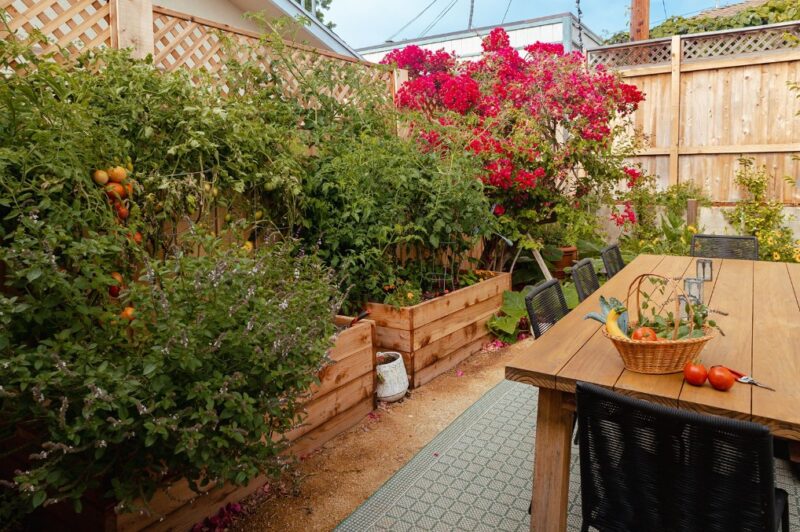
Practical Considerations
When selecting trough planter boxes, drainage is an important factor. Many come with pre-drilled holes to prevent waterlogging, but it’s worth adding a layer of gravel or broken pottery at the base for better water flow. Additionally, choosing the right soil mix will ensure plants thrive, whether growing flowers, shrubs, or edibles.
A Timeless Addition to Any Space
With their stylish design and practical benefits, trough planter boxes continue to be a favorite among gardeners, landscapers, and property owners alike. Whether used to create a lush garden border, a kitchen herb garden, or an elegant commercial display, they offer endless possibilities for enhancing outdoor and indoor spaces.
Seasonal Use and Rotation Benefits
Trough planter boxes work well for seasonal planting cycles. Gardeners can rotate crops or flowers based on the time of year without disturbing the layout of the space. This flexibility adds value, especially in urban gardens or small patios.
- In spring, vibrant tulips or daffodils make a strong visual impact.
- Summer suits tomatoes, cucumbers, and herbs.
- Autumn can hold ornamental cabbage or pansies.
- Winter works for hardy evergreens or decorative branches.
Planters can stay in the same position year-round while their contents change. This gives visual interest and allows for efficient planning across seasons. It also helps avoid soil depletion by alternating plant families.
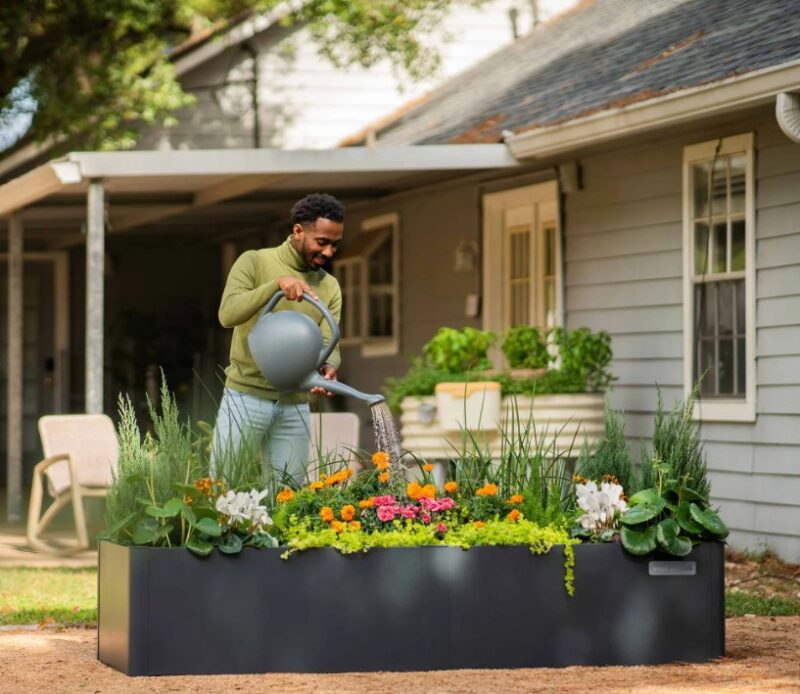
Best Practices for Maintenance and Longevity
To get the most out of trough planter boxes, basic maintenance matters. They last longer when handled with care and placed in the right locations.
Key practices:
- Clean out soil annually and replace with fresh mix
- Check drainage holes for clogs or blockages
- Reapply sealants to wood planters once a year
- Store lightweight plastic planters indoors during harsh winters
- Avoid dragging containers across rough ground to prevent damage
Regular care keeps the planter functional and extends the life of the materials. A little routine effort preserves both the look and structure.
Conclusion
Trough planter boxes deserve their growing popularity. They adapt to any space, support a variety of plants, and bring structure to chaotic layouts. With so many size, material, and layout choices, they suit nearly every gardening need.
Add a few smart design decisions and basic care habits, and these containers will serve as reliable anchors in any landscape plan—now and years into the future.
